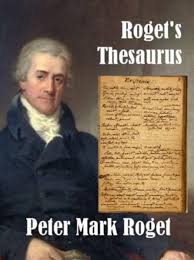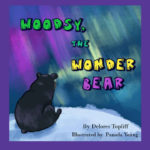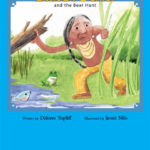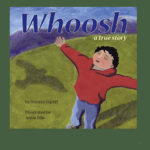 When it’s time to paint a room in your home, you try to choose the right color paint and the perfect shade of that color. That often involves going to your favorite hardware or paint store to collect folders holding hundreds of paint chip color samples.
When it’s time to paint a room in your home, you try to choose the right color paint and the perfect shade of that color. That often involves going to your favorite hardware or paint store to collect folders holding hundreds of paint chip color samples.
On fresh spring days, I’ve looked outside and counted a thousand shades of green. Paint stores prove I’m right. There are that many shades of green, and also equal variations of yellows, blues, whites, reds, and everything in between—so many they boggle the mind.
On a missions trip to the Philippines, I bought a freshwater pearl necklace that was such a warm blend of peach, yellow, and cream, I desired to paint my living room that color. By spending much time in my local paint store, I finally matched the color chip and am surrounded by a beautiful living memory.
Similarly in writing we want to create the perfect moods, sensations, and expressions. We want to express things more evocative than that our hero or heroine walked beneath a blue sky. If that sky is an especially descriptive blue, it helps us more easily experience the scene and mood. Here are some word choices available through the fabulous writing tool created almost two centuries ago by Peter Mark Roget, a British physician, natural theologian, and lexicographer. In the impressive compilation of descriptive words he named a Thesaurus, his options for blue include aquamarine, azure, beryl, cerulean, cobalt, indigo, navy, royal, sapphire, teal, turquoise, sapphire, and ultramarine, and more.
His tool provides rich, textured word choices for colors, actions, and practically any item or phenomenon in this world. His work is an alphabetized catalog of related word options. When he released it in 1852, he described his first Thesaurus this way. “It is now nearly fifty years since I first projected a system of verbal classification. Conceiving that such a compilation might help to supply my own deficiencies, I had, in the year 1805, completed a classed catalogue of words on a small scale, but on the same principle, and nearly in the same form, as the Thesaurus now published.
His original 1852 Thesaurus contained 15,000 words. Since then each edition has been larger. Jane Weber, my amazing 9th grade creative writing teacher in Vancouver, Washington, gave each of her fifteen students a paperback Thesaurus. That is just one of many ways she inspired and changed our lives. I personally love to roam the descriptive lists of color choices that to me are more delicious than the flavors available at our local Baskin Robbins.
When did you first see or use a Thesaurus?
How often do you use one? What are some of your favorite word finds there?






Leave a Reply